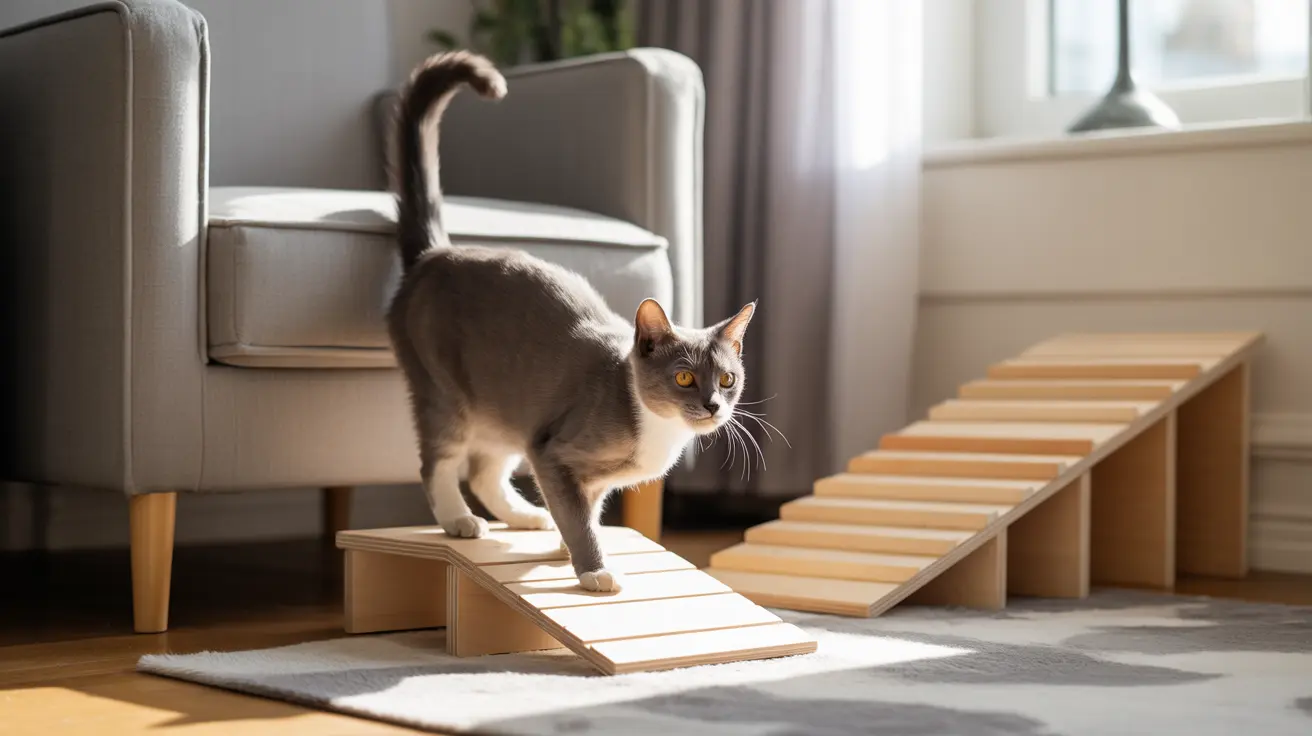What Causes Short Spine Syndrome in Cats?
Short spine syndrome is primarily a genetic condition that occurs due to inherited mutations affecting vertebral development. These mutations typically manifest when both parent cats carry specific genetic markers, following a recessive inheritance pattern. The condition is particularly associated with breeds known for tail abnormalities, such as the Manx cat.
The genetic mutations responsible for SSS affect the early development of the spine, leading to:
- Fewer vertebrae than normal
- Fusion of existing vertebrae
- Compressed or malformed vertebral structures
- Associated skeletal abnormalities
Physical Characteristics and Symptoms
Cats with short spine syndrome display several distinctive physical traits and symptoms:
Physical Appearance
- Noticeably shortened spine
- Compressed or hunched appearance
- Shortened or absent tail
- Head positioned close to shoulders
- Unusual body proportions
Mobility and Function
The condition can significantly impact a cat's movement and daily activities:
- Altered gait or walking pattern
- Difficulty jumping or climbing
- Limited neck mobility
- Potential balance issues
- Varied levels of hind limb function
Diagnosis and Assessment
Veterinarians diagnose short spine syndrome through several methods:
- Comprehensive physical examination
- X-rays to evaluate vertebral structure
- Advanced imaging (CT scans or MRI) when needed
- Neurological assessment
- Genetic testing when available
Living with a Short Spine Cat
While there's no cure for short spine syndrome, many affected cats can enjoy a good quality of life with appropriate care:
Daily Care Requirements
- Modified feeding stations for easier access
- Adapted litter box arrangements
- Comfortable resting areas
- Regular veterinary check-ups
- Possible mobility assistance devices
Environmental Modifications
Creating a suitable environment is crucial for these special cats:
- Installation of ramps or steps
- Removal of challenging obstacles
- Soft bedding in accessible locations
- Easy access to essential resources
Frequently Asked Questions
What is short spine syndrome in cats and how does it affect their mobility?
Short spine syndrome is a genetic condition causing abnormal vertebral development, resulting in a compressed spine. It can affect mobility through altered gait patterns, difficulty jumping, and potential limitations in range of motion.
How is short spine syndrome diagnosed in cats, and what tests are involved?
Diagnosis typically involves physical examination, X-rays, and sometimes advanced imaging like CT scans or MRI. Veterinarians will assess vertebral structure, neurological function, and overall mobility.
Can short spine syndrome in cats be treated or cured, and what management options exist?
While there's no cure, management options include environmental modifications, physical therapy, pain management when needed, and regular veterinary monitoring to maintain quality of life.
Is short spine syndrome hereditary, and how can breeders prevent it in cats?
Yes, it's a hereditary condition following a recessive inheritance pattern. Breeders can prevent it by avoiding breeding carriers and affected cats, and through genetic testing when available.
What are the common symptoms and complications cats with short spine syndrome experience?
Common symptoms include shortened spine, altered mobility, possible incontinence, and difficulty with certain movements. Complications may include neurological issues, mobility challenges, and potential digestive or respiratory concerns.
Despite their unique challenges, short spine cats often demonstrate remarkable adaptability and can thrive with dedicated care and support from their human companions. Understanding their special needs and providing appropriate accommodations allows these extraordinary felines to live comfortable, fulfilling lives.






